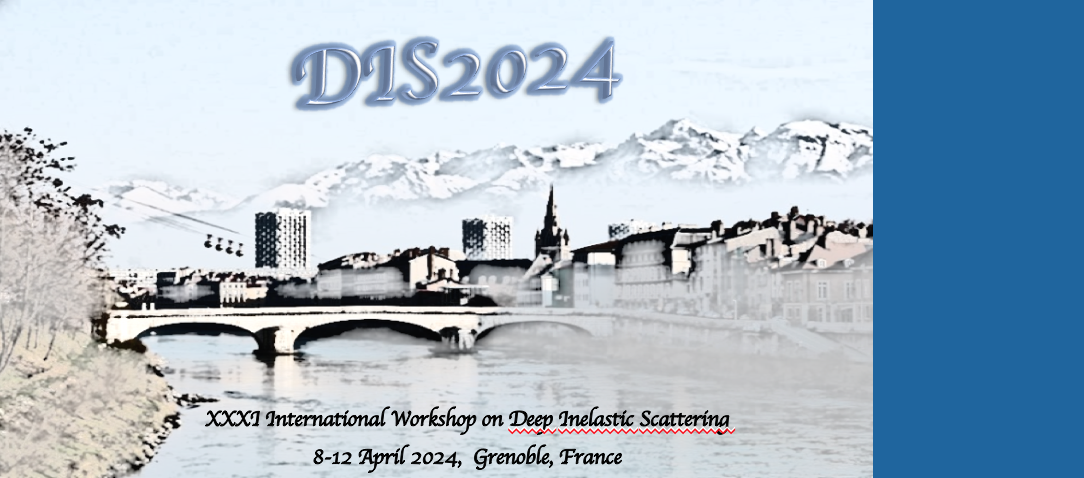Orateur
Description
The Phase-II Upgrade of the LHC will increase its instantaneous
luminosity by a factor of 7 leading to the HL-LHC era.
At the HL-LHC, the number of proton-proton collisions in one bunch
crossing, pileup, increases significantly, putting stringent
requirements on the LHC detectors electronics and real-time data
processing capabilities.
The ATLAS LAr calorimeter measures the energy of particles produced
in LHC collisions. It also feeds the ATLAS trigger to identify
interesting events. To enhance the ATLAS physics discovery potential
at HL-LHC, an excellent energy resolution and an accurate time
detection is crucial.
The computation of the deposited energy is performed using
electronic boards based on FPGAs. Currently this computation is done
using optimal filtering algorithms that are adapted to situations with
limited pileup.
With the increased luminosity and pileup,
the performance of the optimal filter algorithms decreases.
The off-detector electronic boards for the LAr Phase-II Upgrade
will use the next generation of INTEL FPGAs with increased processing
power and memory.
This will allow the use on these boards of more complex algorithms.
We developed several neural networks (NNs) with
significant performance improvements with respect to the optimal
filtering algorithms.
Five NN algorithms will be presented. The improvement of the energy
resolution and the accuracy of the deposited time compared to the legacy
filter algorithms will be discussed.
The implementation of these networks in firmware will be shown.

